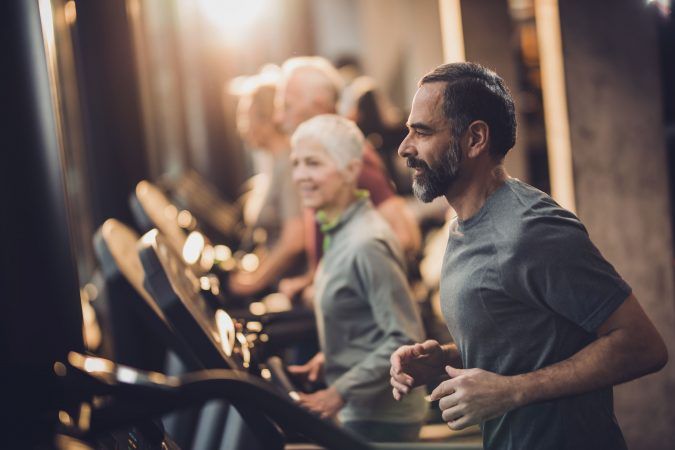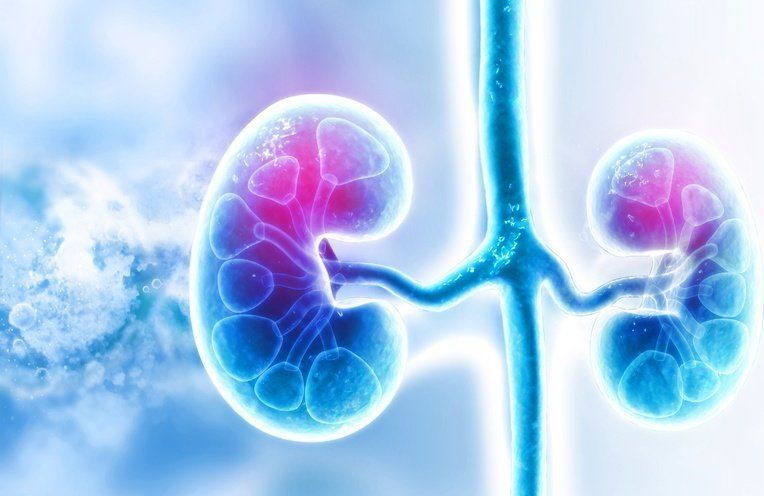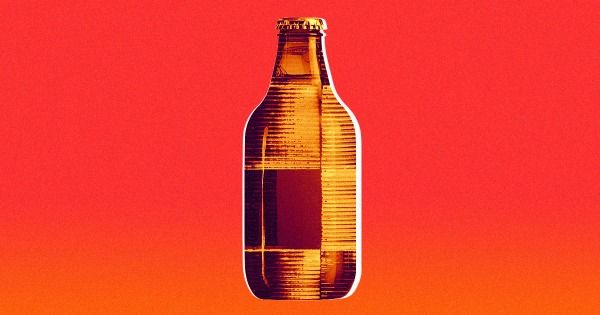It is fitting, then, that the groundbreaking research he’s done on mental health has, in a very real way, improved the lives of millions of people in the developing world.
Dr. Patel is the 2019 recipient of the prestigious John Dirks Canada Gairdner Global Health Award, which recognizes “his world-leading research in global mental health, providing greater knowledge on the burden and the determinants of mental disorders in low- and middle-income countries and pioneering approach for the treatment of mental health in low-resource settings.”
Dr. Patel, a professor of global health at Harvard University, said, modestly, that his greatest achievement is “having generated knowledge to change hearts and minds about the importance of mental health everywhere in the world.”






